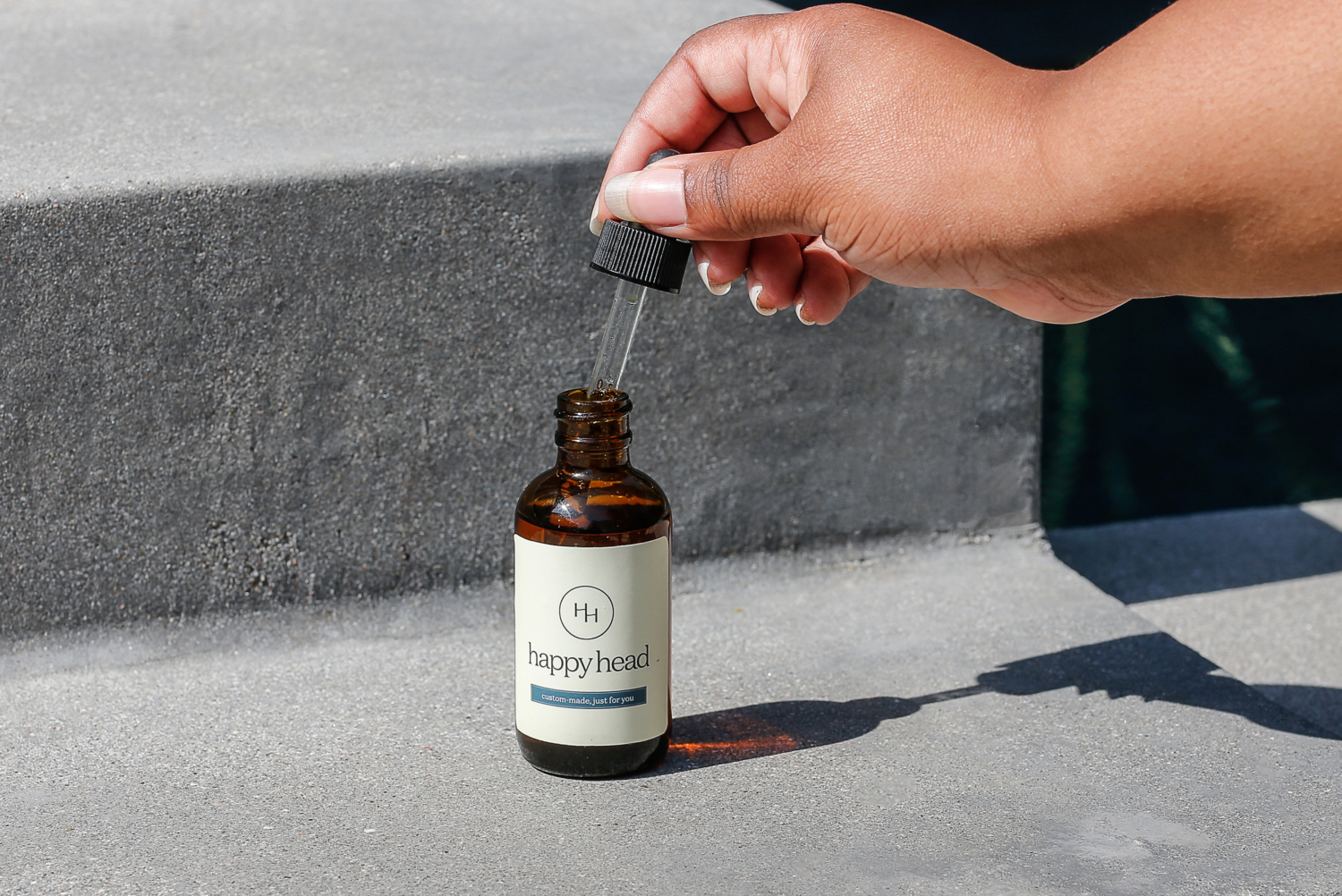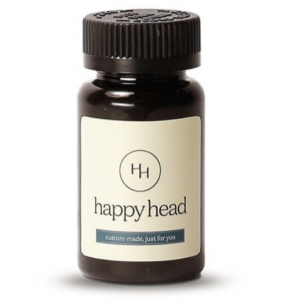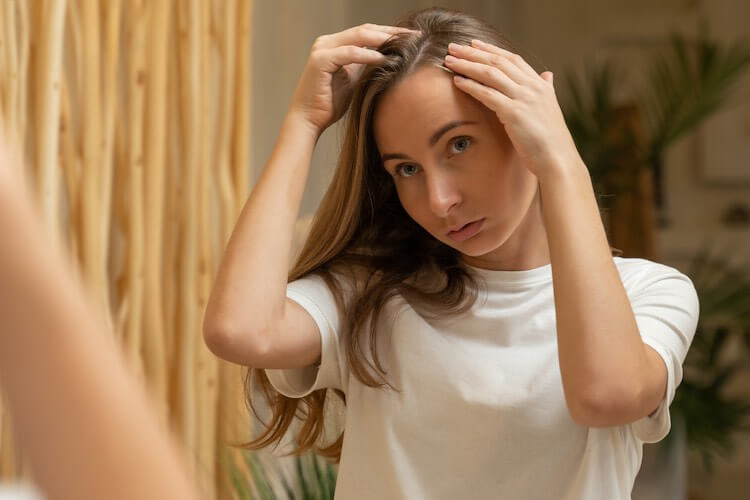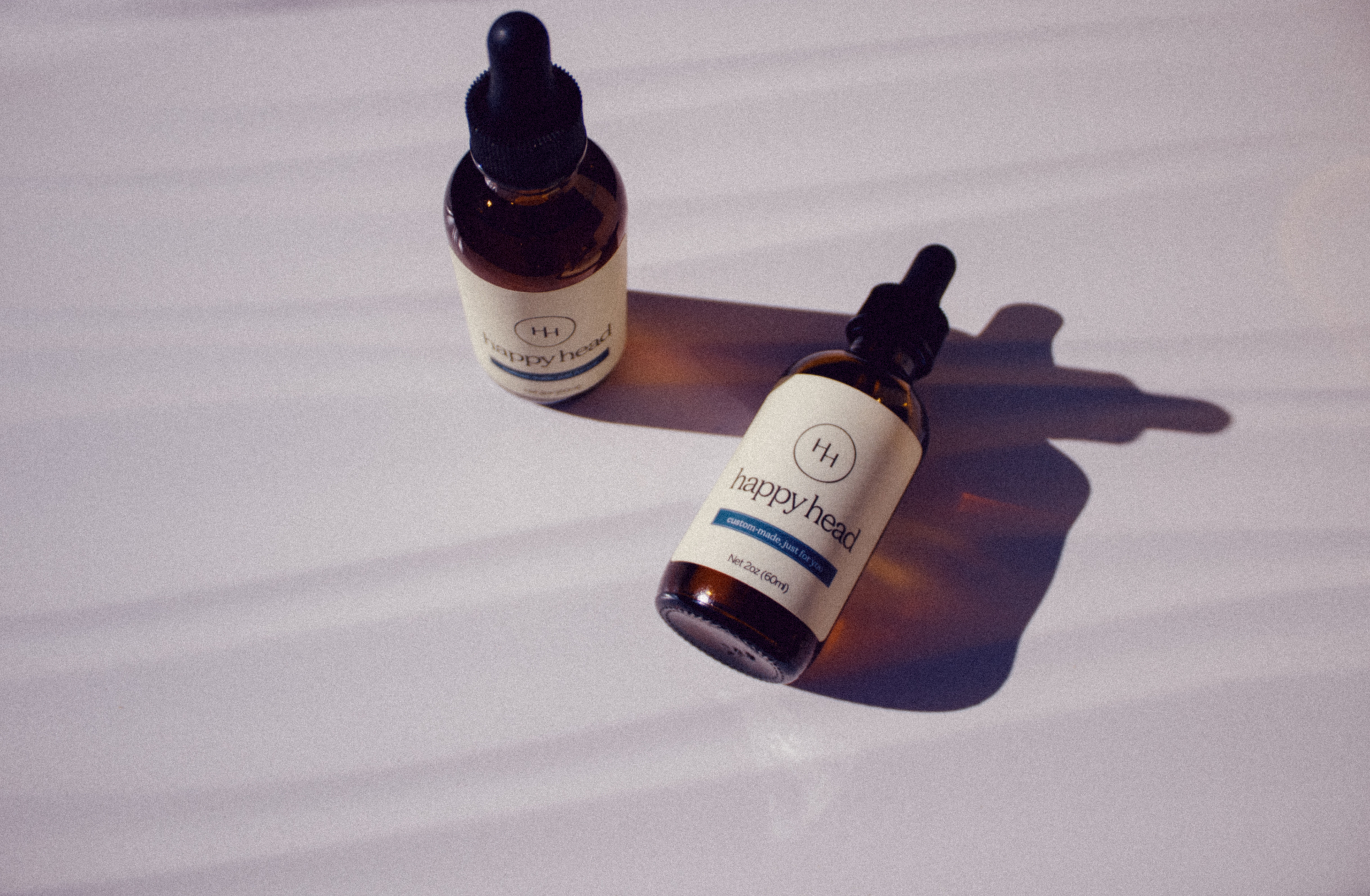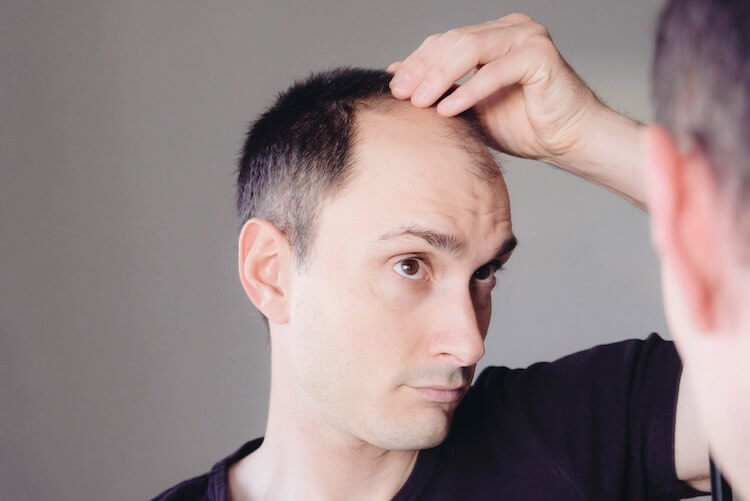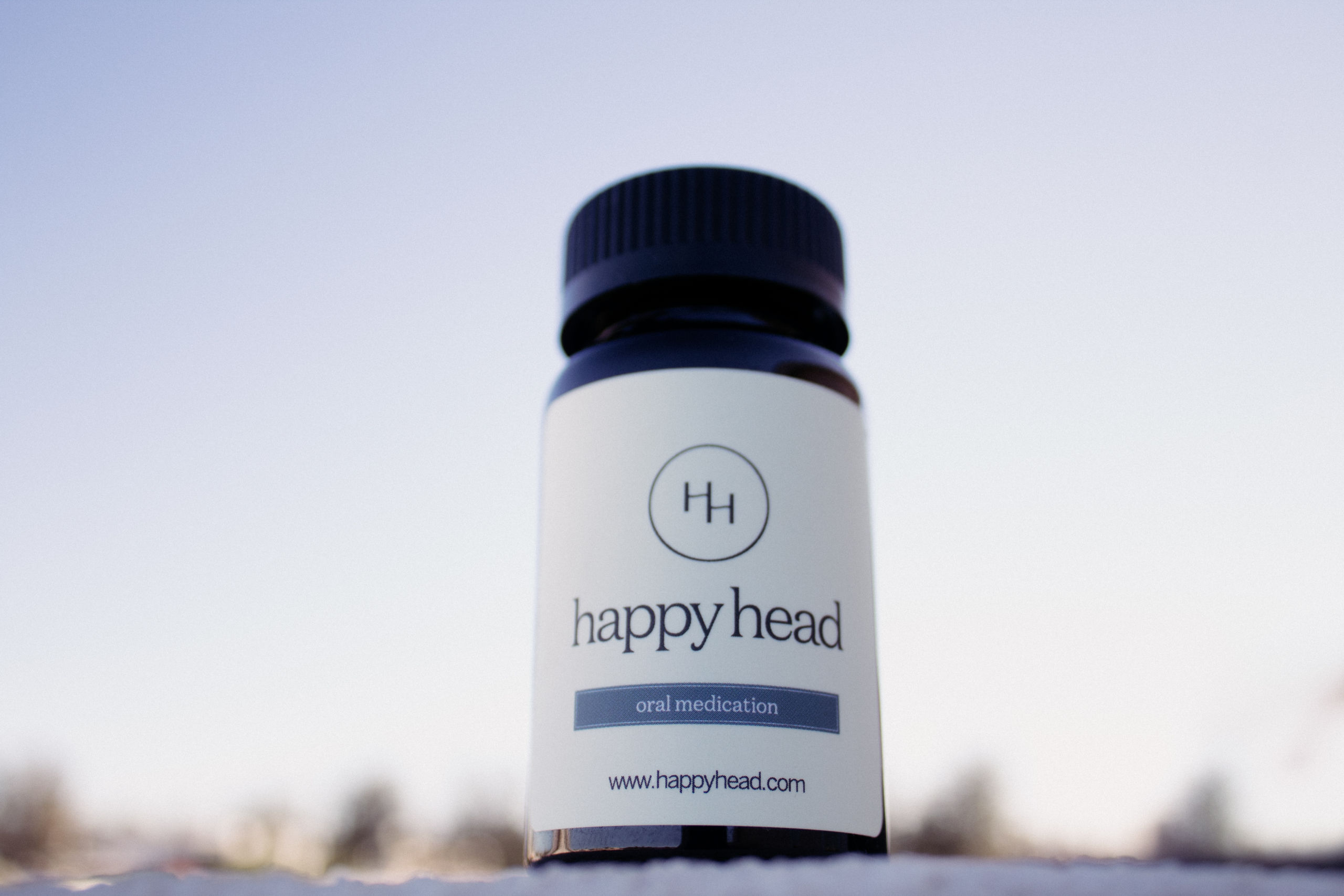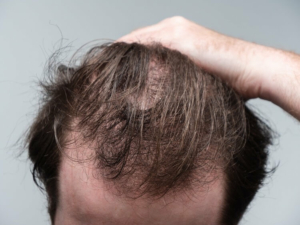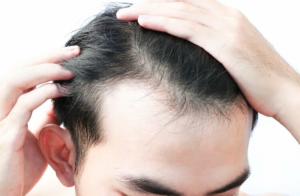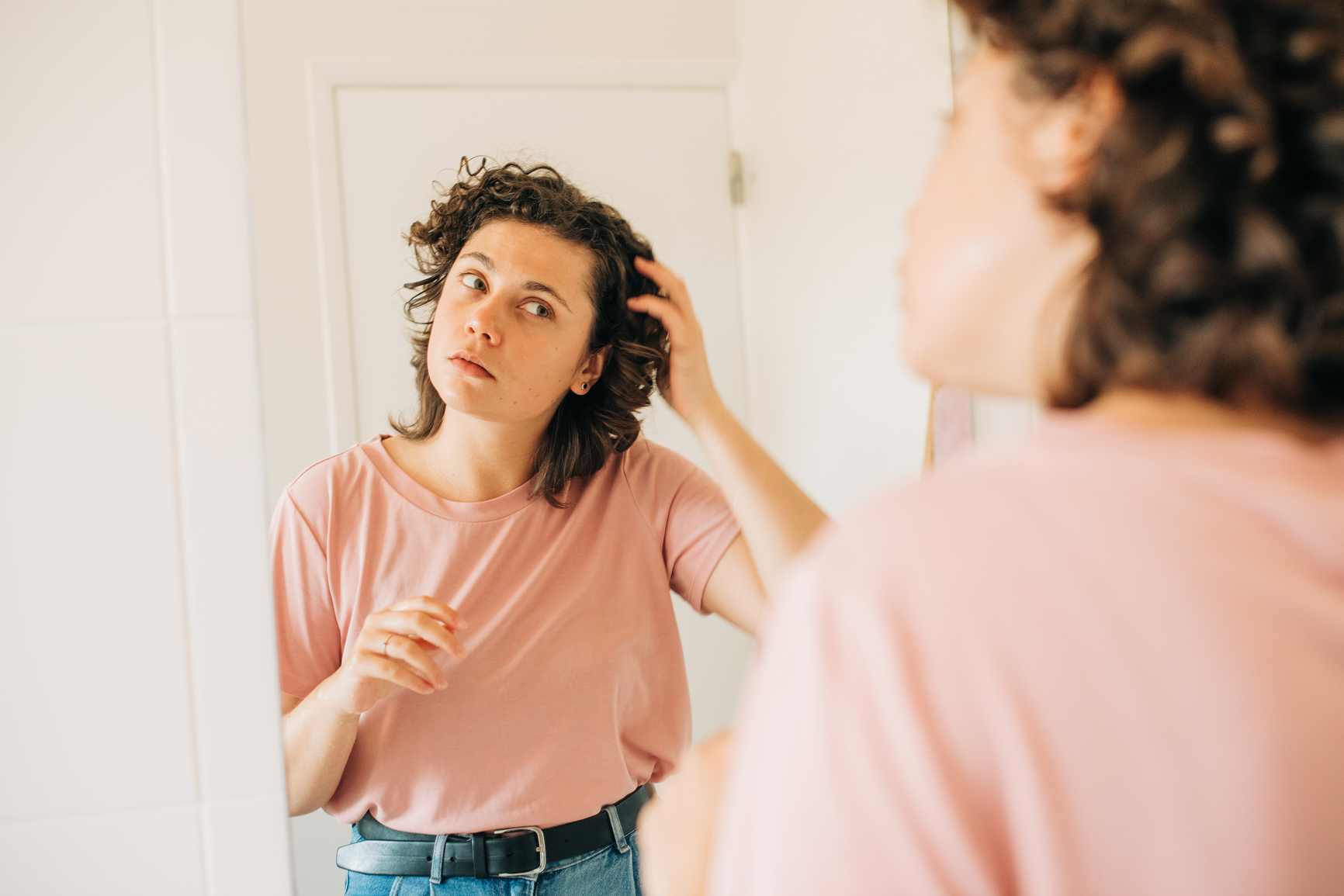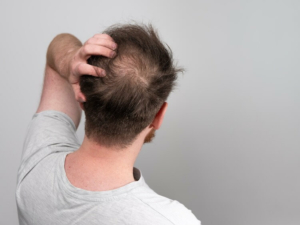What the Experts Know About Alopecia
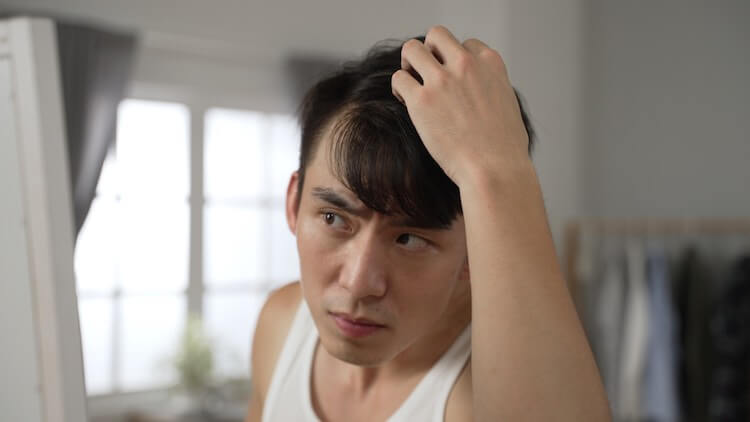
Did you know that dermatologists treat more than just skin issues? During their twelve-plus years of training, dermatologists are also taught how to diagnose and treat patients’ hair and nail conditions. That’s why a licensed dermatologist should be your first stop if you’re experiencing hair loss that seems more than the norm. Yes, it’s possible that Covid-19 or the flu temporarily shocked your hair, and it will grow back on its own. However, some types of hair loss require attention. If that’s the case, you don’t want to risk losing valuable time and hair when you could be in treatment.
So, if seeing hair everywhere but on your head is stressing you out, go ahead and schedule an appointment. Don’t have time to head to an office? Take our online questionnaire and we’ll match you with a dedicated dermatologist to help answer your questions. Don’t worry about your dermatologist thinking you’re crazy or an alarmist. They have seen it all. Meanwhile, here’s a sneak peek at what expert dermatologists know about alopecia and what may be in store for you.
Alopecia is a Broad Term
Type “alopecia” into Google, and what comes up? Lots of results on alopecia areata. Alopecia areata is one very specific type of alopecia (we’ll talk more about it in a minute). However, there are many different types of alopecia, ranging from there’s nothing you can do but wait for your hair to grow back to it’s time to get on some medication. Alopecia is more of a finding than an actual condition. The word is used by professionals whenever there is some disorder causing hair loss. If you’re losing facial hair, that’s considered alopecia too. So, if your dermatologist uses the word alopecia, don’t worry. It’s a broad term that encompasses many types of hair loss.
There Are Different Types of Alopecia
Hair loss is not one-size-fits-all. Symptoms and treatments vary based on what type of alopecia you are experiencing. Here’s a primer to help you understand what your dermatologist may look for during your consultation.
Temporary Hair Loss
Finding hair everywhere but on your head can be upsetting. Before you plan for the worst, though, consider this. Not all hair loss is permanent. Certain medications, illnesses, surgery, and even ultraviolet rays from the sun disrupt your hair’s growth cycle and cause a condition called telogen effluvium. Telogen effluvium is self-limiting, which means that peace will be restored to your scalp once the trigger is removed.
Insider Advice: Although hair usually grows back on its own within six months to a year, the waiting game can feel long. Supplements, thickening shampoos, conditioners, and regular trims can help support healthy hair growth while you wait.
Genetic Alopecia
Have you ever heard of androgenetic alopecia? Maybe not, but you’re probably familiar with Male and Female Pattern Baldness (MPB or FPB) which is the same thing. But wait! Isn’t that something that only happens to old people? Well, not exactly. Anyone who has gone through puberty can experience male or female pattern baldness, a form of genetic hair loss. As a matter of fact, many people who experience MPB or FPB realize that they started losing their hair before the age of 40. (01) Androgenetic alopecia is inherited through your family tree and occurs when testosterone converts to a substance called Dihydrotestosterone (DHT). DHT attaches to your hair follicles and gradually shrinks them until they close up. Hair falls out in easily distinguishable patterns that can be compared to a Norwood-Hamilton Scale to determine the extent of your hair loss.
Insider Advice: Don’t fall for any “grow hair fast” gimmicks. The most effective way to strengthen and regrow your hair is by using vasodilators and prescription DHT blockers. Topical or oral Minoxidil, Finasteride, Dutasteride, and Spironolactone are all good options. Don’t expect miracles overnight, though. You’ll need to be patient. It takes six months to a year to see results.
Autoimmune Hair Loss
Autoimmune diseases occur when your body mistakenly attacks healthy cells in your body. When your hair is involved, your hair follicles are attacked, leaving you scrambling to find ways to fight inflammation that blocks your hair follicles’ openings. Autoimmune hair loss falls into two different categories: Non-scarring and scarring. Alopecia areata is a non-scarring alopecia. Hair falls out in sporadic round or oval patches on the scalp. In some alopecia areata cases, hair will spontaneously grow back on its own.
Scarring alopecias behave differently and do what their name indicates. Scars grow over the hair follicles and close them off, leaving doctors and patients to play a game of beat the clock. The goal is to keep hair follicles open and to preserve existing hair before the hair follicles are shrunken to the point where they are closed off.
Insider Advice: Autoimmune hair loss can be tricky to manage. What works for one person may not work for another. Treatment may also require multiple medications. Be patient through the trial process while your dermatologist determines which combination of medications works best for you.
Facial Hair Loss
If you’re losing facial hair, it’s nothing to be ashamed of. It’s a real thing called alopecia barbae, and it’s usually autoimmune related. Alopecia barbae can cause hair to fall out in small round patches in men’s beards or mustaches. Hair can spontaneously regrow, or patches may stick around for a while. It’s difficult to predict the condition’s path.
Insider Advice: Don’t feel like you have to live with facial hair loss. Many of the treatments used to treat scalp hair loss can be used on your face too. These treatments may include steroids, topicals such as Minoxidil, or, in extreme cases, a class of medications called JAK inhibitors that calm the immune system.
Give Yourself Time to Grieve, Then Move On
It’s only natural to go through a grieving process, regardless of the type of alopecia you’re battling. For some people like Congresswoman Ayanna Pressley, hair can be part of your “brand,” something you’re known for. When that hair is gone, you can feel like you’re losing part of your identity. That’s completely normal. Although nobody wants to have any form of alopecia, keep in mind that the awful feeling you get during your diagnosis won’t last forever. Over time, you and the people surrounding you will get used to your new look.
If you have difficulty accepting your new normal, try giving yourself a time frame. Say something like, “Self, it’s been a while since I’ve been happy. ’m giving you one more week to be down in the dumps, and then I’m making an appointment for a new haircut. Then, I’m moving on.” If that doesn’t work for you, a support group or counseling may be what you need to get in the right frame of mind.
So let’s recap what experts know about alopecia. You’d be surprised how many people suffer from hair loss before consulting a dermatologist. If you think your hair is thinning or balding, get an expert opinion. Your hair woes may be nothing to worry about, or there may be something that can be treated. You won’t know unless you talk with a professional.
Tight on time? Happy Head can help. Our board-certified dermatologists are available to help answer your pressing questions and help you regrow your hair. Remember one-size-fits-all treatments are a thing of the past, so let’s create a custom treatment that’s formulated to your needs. Fill out our short questionnaire and add a few photos to get started.
Resources
(01) https://pubmed.ncbi.nlm.nih.gov/9865198/

